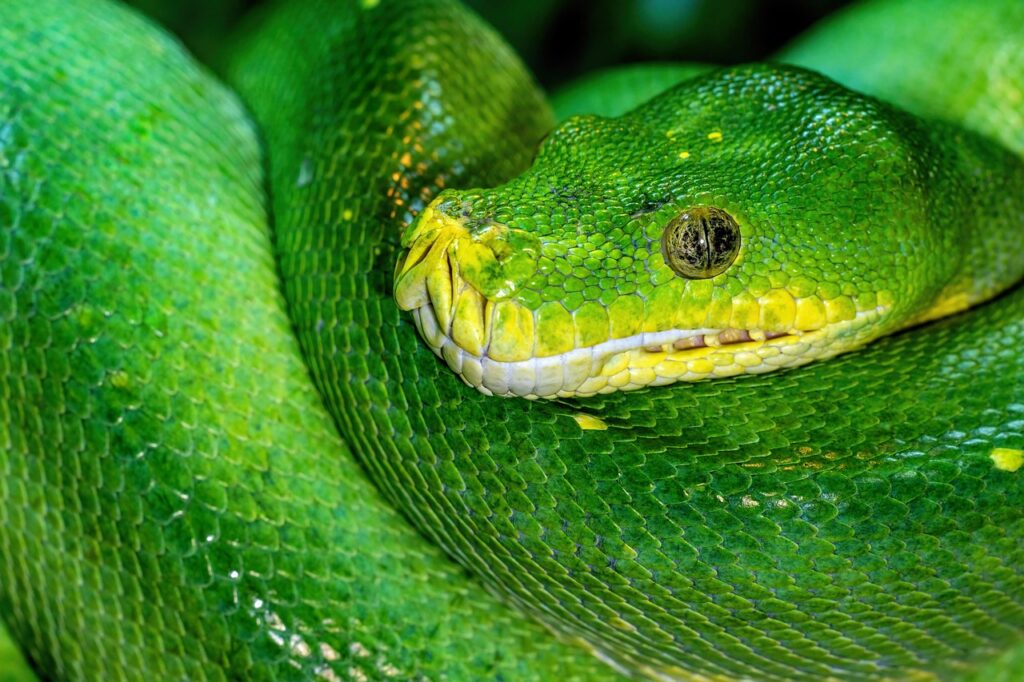Picture this: you’re walking through an ancient forest where dragonflies the size of seagulls patrol the misty canopy overhead, their wings spanning nearly three feet. Giant millipedes, thick as your arm and longer than a grown man, lumber across the forest floor while cockroaches the size of dinner plates scurry between towering tree ferns. This isn’t science fiction—this was reality 300 million years ago during the Carboniferous Period, when insects ruled the Earth in ways that would make today’s bug-phobic humans absolutely terrified.
The Carboniferous: Earth’s Insect Paradise
The Carboniferous Period, stretching from 359 to 299 million years ago, was like nature’s own laboratory experiment gone wild. During this time, Earth’s atmosphere contained nearly 35% oxygen compared to today’s 21%, creating conditions that allowed insects to grow to absolutely mind-boggling sizes. The planet was a hothouse world, with no ice caps and tropical conditions extending almost to the poles.
This oxygen-rich environment was the secret ingredient that transformed humble insects into the giants of their age. Unlike mammals, insects don’t have lungs—they breathe through a network of tubes called tracheae that deliver oxygen directly to their cells. More oxygen meant these tubes could support much larger body sizes, and boy, did insects take advantage of this opportunity.
Meganeura: The Giant Dragonfly That Dominated the Skies
Meet Meganeura, the undisputed king of Carboniferous skies and quite possibly the most terrifying flying insect that ever lived. With wings spanning up to 28 inches—nearly two and a half feet—this prehistoric dragonfly was roughly the size of a modern hawk. Imagine encountering one of these aerial predators during a peaceful walk through the forest!
Meganeura wasn’t just big for show; it was a perfectly designed killing machine. Its massive compound eyes, each containing thousands of individual lenses, gave it incredible vision for spotting prey from great distances. Those powerful wings could propel it at speeds that would make modern dragonflies jealous, while its strong mandibles could crush smaller insects with ease.
These giants ruled the airways for millions of years, patrolling their territories like feathered raptors do today. They likely preyed on smaller flying insects, amphibians, and probably even small early reptiles, making them apex predators of their time.
Arthropleura: The Giant Millipede That Terrorized Forest Floors
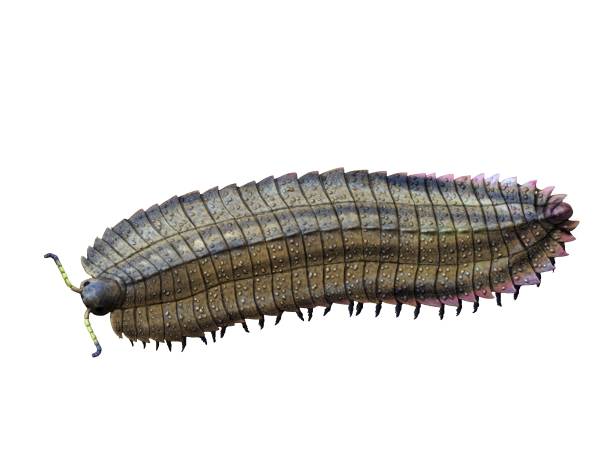
If Meganeura owned the skies, then Arthropleura absolutely dominated the ground. This colossal millipede could grow up to 8.5 feet long and weigh as much as a large dog—making it one of the largest terrestrial arthropods ever discovered. Picture a millipede longer than most people are tall, and you’ll start to understand why the Carboniferous was such an alien world.
Despite its intimidating size, Arthropleura was actually a gentle giant. These massive creatures were herbivores, munching on the abundant plant material that carpeted the Carboniferous forests. They had rows of grinding plates in their mouths perfectly adapted for processing tough plant fibers, ferns, and early seed plants.
The sheer size of Arthropleura tells us something incredible about the Carboniferous environment. To support such massive land-dwelling arthropods, the ecosystem must have been incredibly rich and productive, with abundant food sources and minimal competition from vertebrates, which were still relatively small during this period.
The Oxygen Revolution: Why Size Mattered
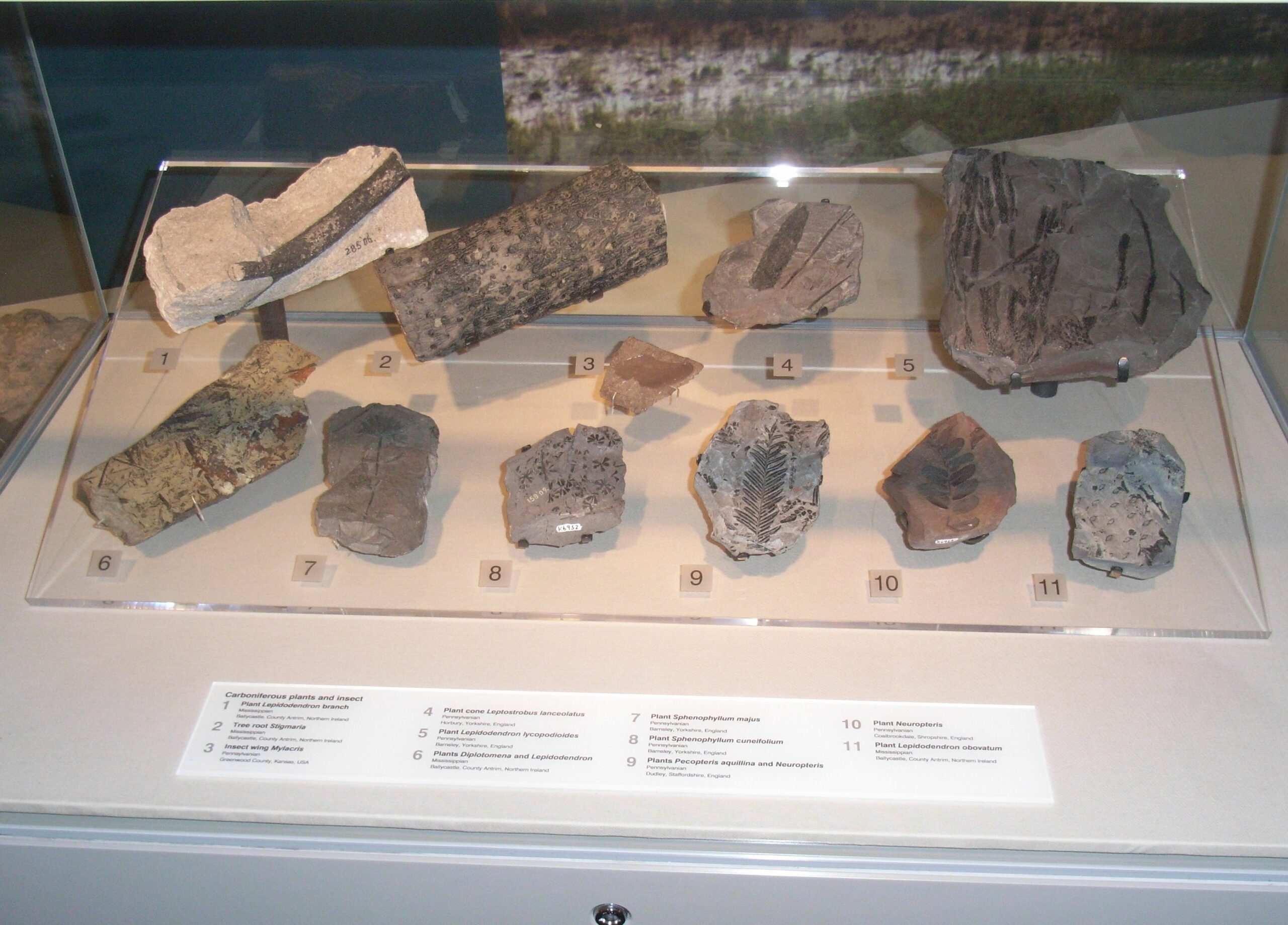
The secret behind these monster insects wasn’t just random evolution—it was all about the air they breathed. During the Carboniferous, oxygen levels skyrocketed due to the massive burial of organic matter that would eventually become coal deposits. Plants were pumping out oxygen faster than it could be consumed, creating an atmosphere that was like rocket fuel for insect growth.
This oxygen bonanza solved the biggest limitation that keeps modern insects small: their respiratory system. Today’s insects are essentially suffocating compared to their Carboniferous ancestors. Their tube-based breathing system becomes inefficient beyond a certain size, but with all that extra oxygen available, even the innermost cells of giant insects could get the fuel they needed.
The higher oxygen levels also meant that insect blood could carry more oxygen, supporting the massive muscle systems needed to move these enormous bodies. It was like nature’s own performance-enhancing drug, completely legal and available to any creature that could use it.
Ancient Cockroaches: The Dinner Plate Survivors
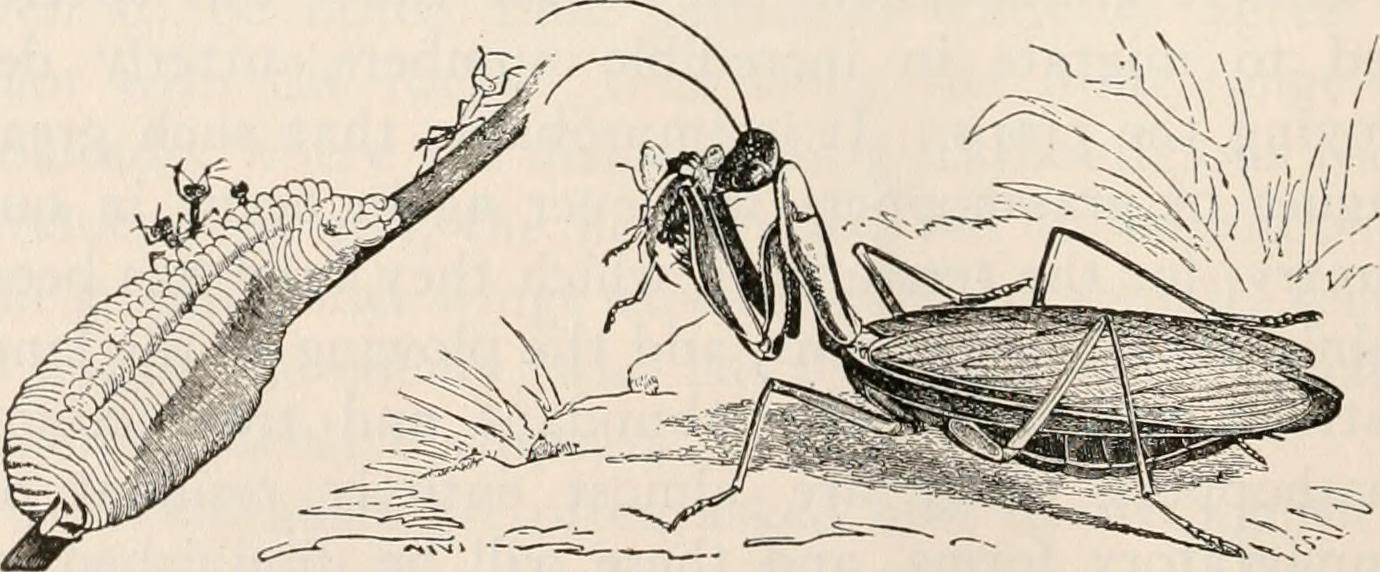
While we might think of cockroaches as modern urban pests, they were actually some of the most successful insects of the Carboniferous world. Some species, like Apthoroblattina, grew to lengths of over 3.5 inches—roughly the size of a small dinner plate. These weren’t your average kitchen invaders; they were robust, heavily armored creatures built for survival.
Carboniferous cockroaches were remarkably diverse, with some species sporting wing spans of up to 4 inches. They occupied numerous ecological niches, from ground-dwelling scavengers to tree-climbing herbivores. Their success during this period laid the groundwork for their incredible resilience that we see today.
What’s truly remarkable is that these ancient roaches survived multiple mass extinction events, including the Great Dying at the end of the Permian Period. While their giant relatives perished, smaller cockroach species adapted and thrived, proving that sometimes being the right size matters more than being the biggest.
Griffinflies: The Aerial Armada
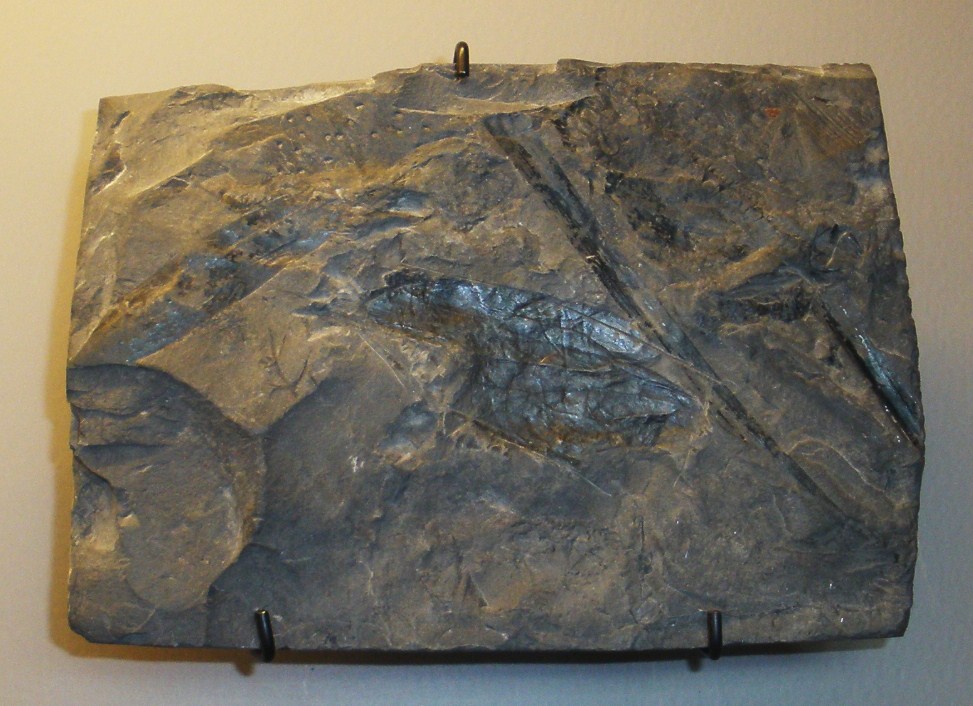
The Meganeura wasn’t the only giant flying predator ruling Carboniferous skies. An entire group called griffinflies dominated the airways, with various species sporting wingspans ranging from 6 inches to nearly 30 inches. These weren’t true dragonflies but rather their extinct relatives, representing nature’s first serious experiment with large-scale aerial predation.
Griffinflies were built like flying tanks, with robust bodies and incredibly powerful flight muscles. Some species had wings reinforced with thick veins and support structures that could handle the intense forces of high-speed flight. Their hunting strategies likely varied by species, with some being ambush predators while others were active pursuit hunters.
The diversity of griffinflies was staggering—paleontologists have identified dozens of species, each adapted to different hunting strategies and environmental niches. This aerial armada represented one of the most successful radiations of large flying insects in Earth’s history.
The Forest Giants: Carboniferous Beetles
Beetles, those incredibly diverse insects that make up about 25% of all known animal species today, were also getting in on the Carboniferous size game. Some species grew to lengths of over 2 inches, making them giants compared to most modern beetles. These armored insects were perfectly adapted to life in the dense, humid forests of the period.
The extra oxygen allowed these beetles to develop incredibly thick, robust exoskeletons that provided protection from predators while still allowing for efficient movement. Some species developed specialized adaptations for boring into the massive tree trunks of the period, creating ecological niches that didn’t exist before or since.
What’s particularly fascinating is how these beetles managed to balance their increased size with their need for protection. Their exoskeletons became architectural marvels, with complex internal structures that provided maximum strength while keeping weight to a minimum.
Ancient Mayflies: Ephemeral Giants
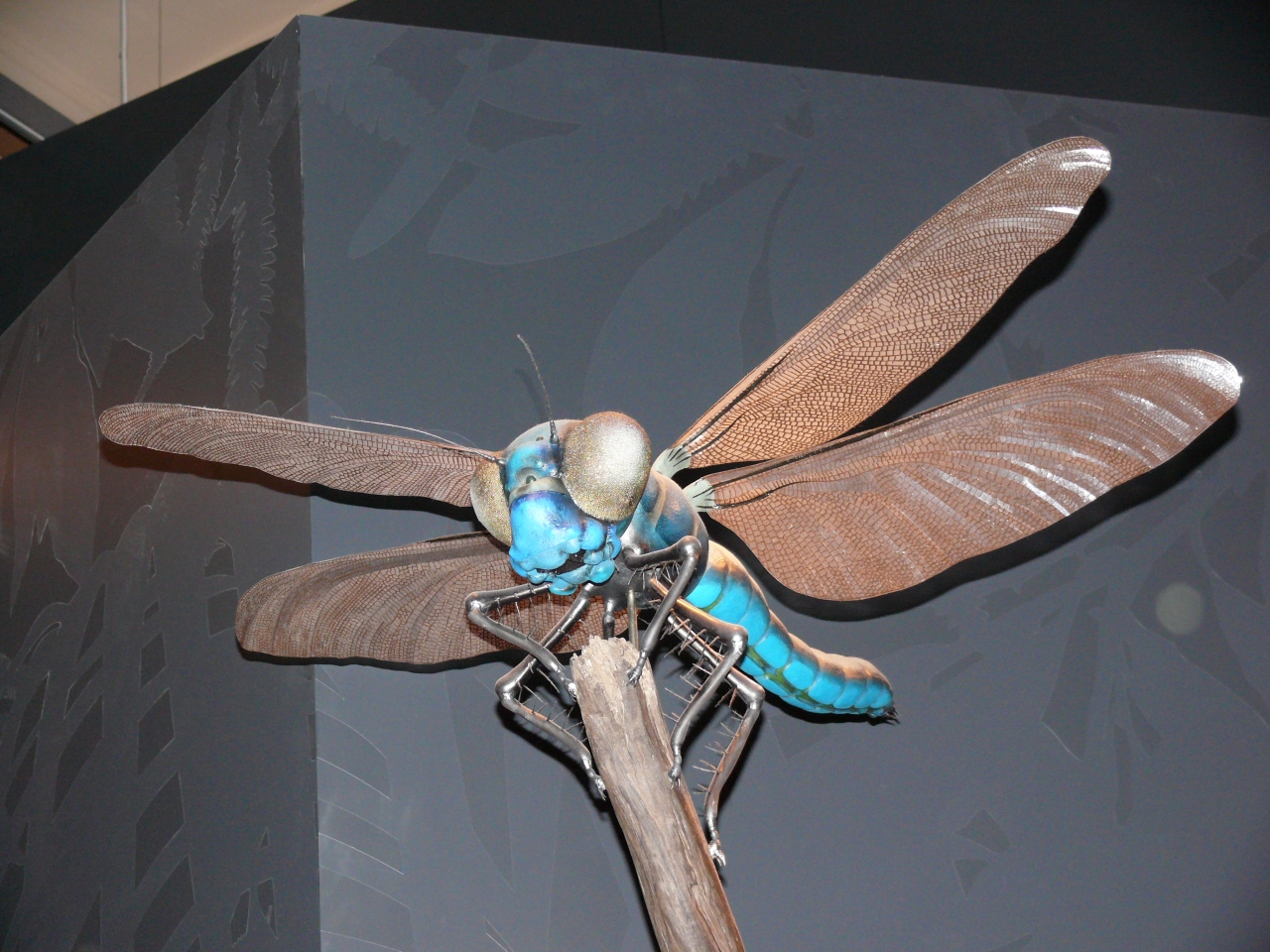
Even mayflies, those delicate insects known for their brief adult lives, got supersized during the Carboniferous. Some species had wingspans reaching up to 18 inches, making them among the largest mayflies ever discovered. These gentle giants would have created spectacular mating swarms above ancient rivers and lakes.
The lifecycle of these giant mayflies was probably similar to their modern relatives—spending years as aquatic nymphs before emerging for a brief but spectacular adult phase focused entirely on reproduction. Imagine clouds of these massive insects rising from prehistoric waters in synchronized emergence events that would have been visible for miles.
Their large size likely gave them advantages in terms of dispersal and mate attraction, but it also made them vulnerable to the growing number of aerial predators like griffinflies. This created an evolutionary arms race in the skies above Carboniferous waterways.
The Carboniferous Food Web: A World of Giants
The Carboniferous period wasn’t just about individual giant insects—it was about entire ecosystems built around these mega-arthropods. The food webs of this period were unlike anything we see today, with insects filling ecological roles that would later be taken over by vertebrates. Giant millipedes served as primary decomposers, while massive flying predators controlled populations from above.
This insect-dominated world created complex predator-prey relationships that we can barely imagine today. Small early reptiles and amphibians had to compete with or avoid giant arthropods, while the insects themselves engaged in evolutionary arms races that pushed them to ever-greater sizes and more sophisticated hunting strategies.
The sheer biomass of these giant insects must have been staggering. Forests would have been filled with the sounds of massive wings beating, the rustling of enormous millipedes moving through leaf litter, and the clicking of giant mandibles processing food.
When the Giants Fell: The End of the Mega-Insects
All good things must come to an end, and the reign of the giant insects was no exception. As the Carboniferous period drew to a close, atmospheric oxygen levels began to drop, and the world started to cool and dry. This double whammy proved catastrophic for the mega-insects, which had become perfectly adapted to their oxygen-rich, warm world.
The decline wasn’t sudden—it took millions of years for the giants to disappear completely. But as oxygen levels dropped below about 23%, the largest insects found themselves literally gasping for breath. Their oversized bodies became liabilities rather than advantages, and they couldn’t compete with smaller, more efficient relatives.
The cooling climate also played a role, as many of these giants were adapted to the warm, humid conditions of the Carboniferous greenhouse world. As ice caps formed and global temperatures dropped, their preferred habitats shrank dramatically.
Legacy of the Giants: What We Can Learn
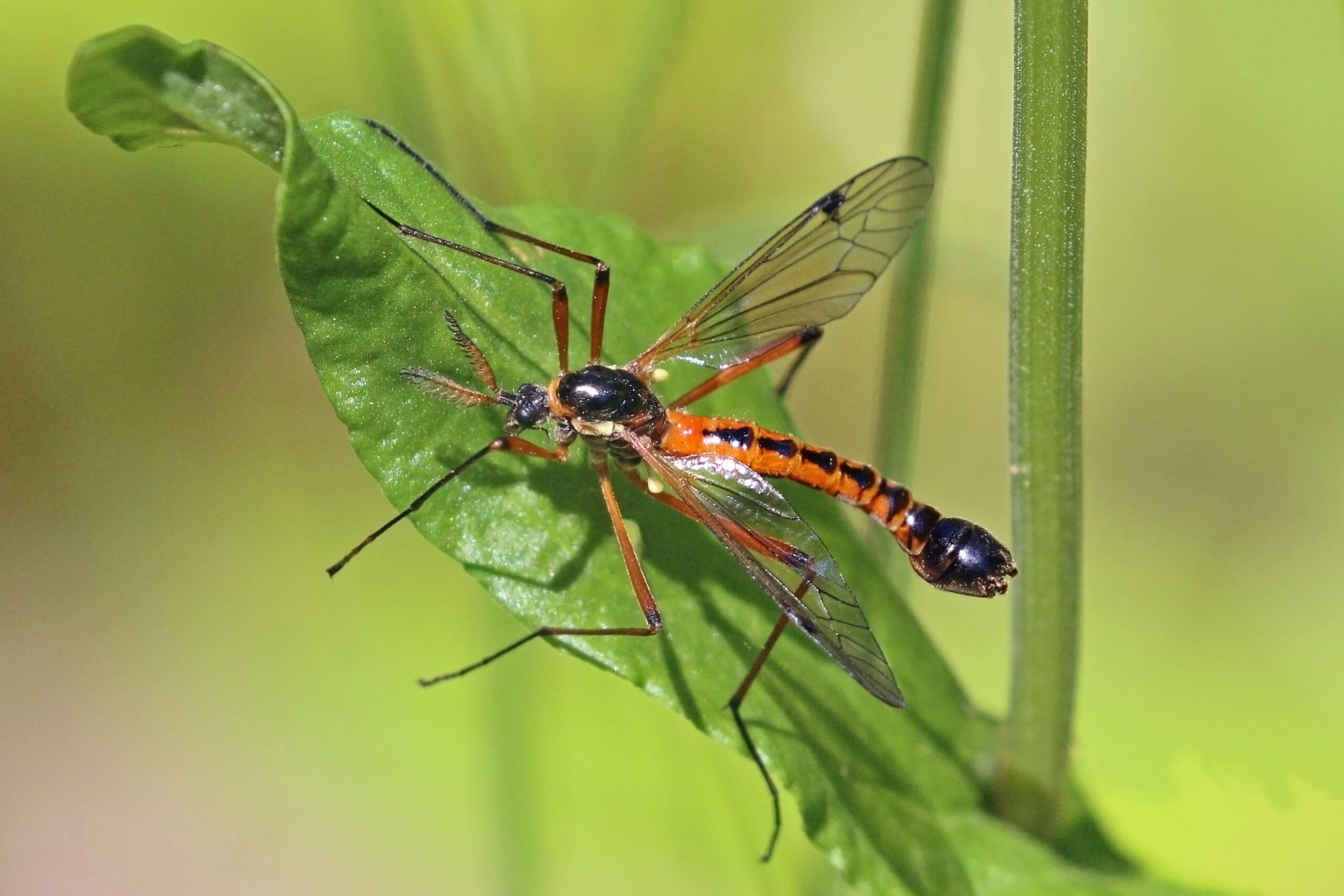
The mega-insects of the Carboniferous teach us profound lessons about evolution, adaptation, and the delicate balance of atmospheric chemistry. They show us that life on Earth has been capable of forms so alien and magnificent that they seem almost fictional. These creatures also demonstrate how environmental changes can drive evolution in unexpected directions.
Modern scientists study these ancient giants to understand how atmospheric composition affects life on Earth. Their research has implications for understanding climate change, as we’re currently witnessing rapid changes in atmospheric composition that could have equally dramatic effects on modern ecosystems.
The Carboniferous giants also remind us that the insects we see today are just a small sample of what’s possible. In different conditions, insects could once again become the dominant large animals on Earth, though hopefully not in our lifetimes!
Fossil Treasures: Preserving Ancient Worlds
The reason we know so much about these incredible creatures is thanks to exceptional fossil preservation in Carboniferous rock formations. Sites like the Mazon Creek fossil beds in Illinois and similar locations worldwide have yielded incredibly detailed specimens that allow us to reconstruct not just the anatomy but the behavior and ecology of these ancient giants.
These fossils are like time capsules, preserving delicate wing structures, compound eyes, and even in some cases, the contents of ancient insect stomachs. Each new discovery adds another piece to the puzzle of understanding this remarkable period in Earth’s history.
The preservation of these fossils required very specific conditions—rapid burial in fine sediments under low-oxygen conditions. This means that what we see in museums and research collections represents only a tiny fraction of the diversity that actually existed during the Carboniferous.
Modern Echoes: Giant Insects Today
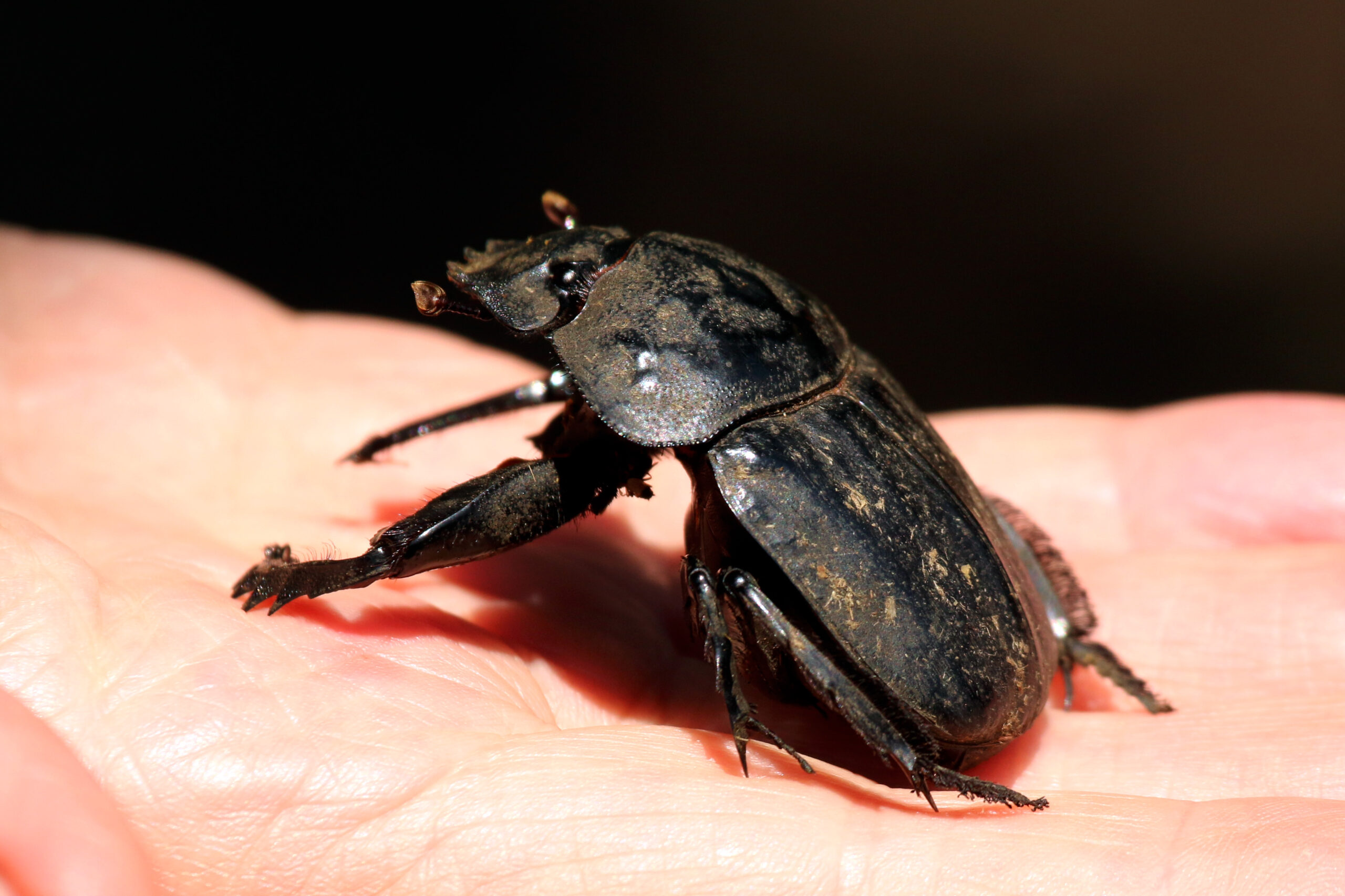
While nothing today approaches the size of Carboniferous giants, some modern insects do give us a taste of what that world might have been like. The largest living insects, like the titan beetle and goliath beetle, can reach impressive sizes, though they’re still dwarfed by their ancient relatives.
In high-altitude environments where oxygen is thin, we can see the opposite effect—insects tend to be smaller and have enhanced respiratory systems. This provides real-world evidence for how atmospheric oxygen levels directly influence insect size, supporting theories about Carboniferous gigantism.
Some scientists have even conducted experiments raising modern insects in high-oxygen environments, successfully growing larger specimens that hint at the potential locked away in insect DNA. These studies suggest that the genetic toolkit for gigantism might still be present in modern insects, just waiting for the right environmental conditions.
The Carboniferous Climate: A Greenhouse World
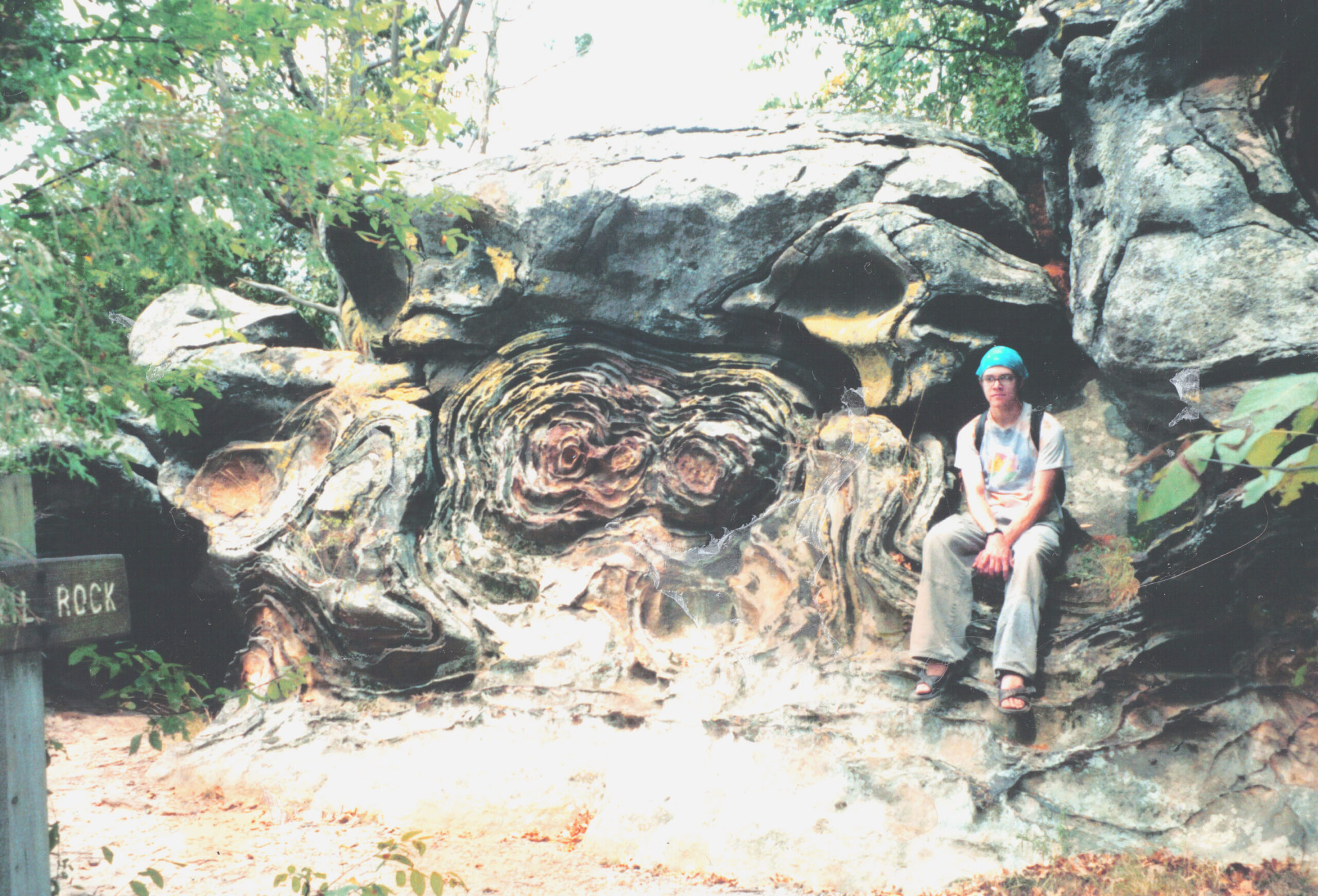
Understanding the Carboniferous giants requires understanding their world—a planet so different from today that it might as well be an alien world. Global temperatures were much warmer, with no ice caps and tropical conditions extending almost to the poles. This greenhouse climate created vast swampy forests that covered much of the land surface.
The high humidity and warm temperatures created perfect conditions for plant growth, leading to the massive forests that would eventually become coal deposits. These forests were dominated by towering tree ferns, early conifers, and scale trees that could reach heights of over 100 feet.
The combination of high oxygen, warm temperatures, and abundant plant life created an environment that was essentially paradise for arthropods. It was a world where being big was not just possible but advantageous, leading to the evolutionary explosion of giant insects.
The Carboniferous Period stands as one of the most remarkable chapters in Earth’s history—a time when insects grew to sizes that would make modern horror movie directors weep with envy. These giants weren’t just evolutionary curiosities; they were sophisticated predators and herbivores that dominated their ecosystems for millions of years. Their story reminds us that our planet has supported life forms so magnificent and alien that they challenge our understanding of what’s possible.
Today, as we face our own period of rapid environmental change, the lessons from the Carboniferous become more relevant than ever. The rise and fall of the mega-insects shows us how dramatically atmospheric changes can reshape life on Earth, and how even the most successful creatures can be vulnerable to environmental shifts. What would you have done if you had encountered a dragonfly the size of a hawk swooping toward you through that ancient forest?

